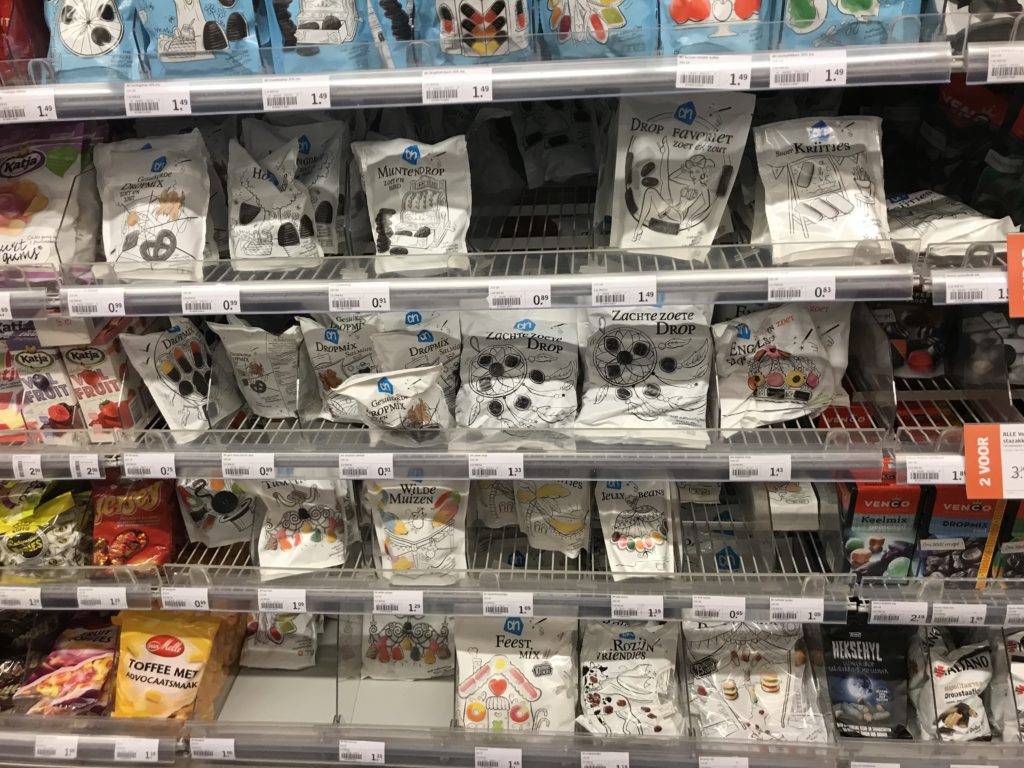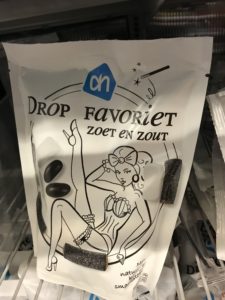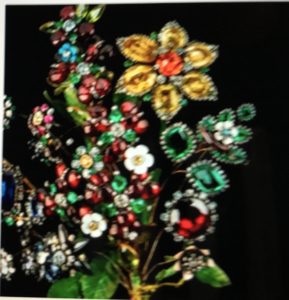Tourists are being ripped off at Amsterdam’s famous flower market, with just 1% of bulbs sold at the floating bazaar ever producing a blossom, investigators have said.
An inquiry commissioned by the Dutch capital’s municipality and tulip growers also found often only one flower resembled the pictures on the packaging, and that there were fewer bulbs than advertised.
“The probe showed that there is chronic deception of consumers,” at the sale of tulip bulbs at the flower market, the Royal General Bulb Growers’ Association (KAVB) said.
“Millions of tourists and daytrippers are being duped,” the KAVB chairman, Rene le Clercq, added.
The Amsterdam flower market is one of the city’s most famous landmarks and dates from about 1862, when flower sellers sailed their barges up the Amstel River and moored them in the “Singel” to sell their goods.Advertisement
Its fame inspired the song Tulips from Amsterdam, best known for a 1958 version by the British entertainer Max Bygraves.
Today the market comprises of a number of fixed barges with little greenhouses on top. Vendors not only sell tulip bulbs but also narcissus, snowdrops, carnations, violets, peonies and orchids.
Investigators found a similar problem on the so-called flower bulb boulevard in Lisse, a bulb-field town south of Amsterdam where the famous Keukenhof gardens are also situated.
Of the bulbs bought from the rows of stalls along a main road in Lisse, only 2% ever bloomed, the KAVB said.
Since first imported from the Ottoman empire 400 years ago, tulips have become a national symbol and the bulb industry a main player in the Dutch economy, Le Clercq said.
“But the deception about the tulip bulbs is a problem that has been existing for the past 20 years,” he added.
The victims are often tourists, the KAVB director, André Hoogendijk, said. “A tourist who buys a bad bulb is not likely to come back,” he told AT5 news channel.
Vendors at the market told AT5 that complaints were known. “There are indeed stalls here that sell rubbish. That is to everyone’s disadvantage, because it portrays the whole flower market in a bad light,” one said.
Amsterdam and the KAVB have referred the matter to the Dutch consumer watchdog.
from The Guardian 15 October












